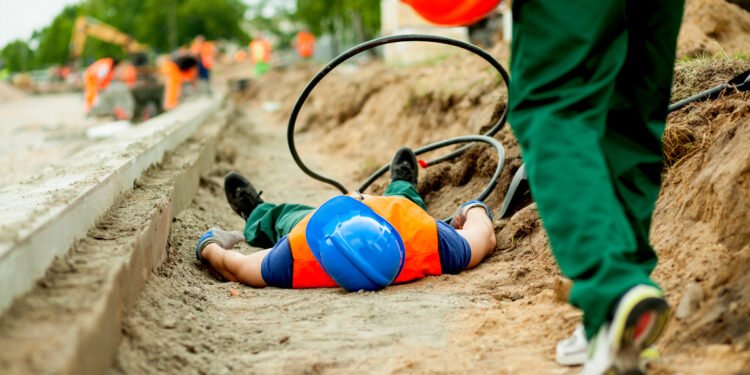Last Updated on September 20, 2022 by admin
My Employee is Injured During Work Hours
Employee is Injured – With an estimated 340 million workplace accidents occurring annually across the globe. Injuries and accidents at work are a real risk that should be taken seriously by every employer. No matter their industry or line of business.
Since It’s important to remember that, as an employer, you’ll be legally obliged to follow the Health and Safety at Work Act 1974. Which includes reporting any accidents or injuries in the workplace and taking the necessary measures to reduce any future risk. But what should you do immediately after an employee is injured on-site. And how can you prevent accidents in your workplace?
What to do after a workplace injury or accident
According to the Health and Safety at Work Act. You must make a detailed record of the accident. Incident or injury as soon as you can after it has happened. Make a note in your company’s Accident Book and ensure that all of the major details (time, location, injuries etc.). Related to the incident are written down. Next, you’ll have to fill in a Reporting of Injuries, Diseases and Dangerous Occurrences Regulations (RIDDOR) report and submit this via the online portal.
It’s essential that you fill out the RIDDOR form as accurately as you can. You’ll be held accountable for any health and safety provisions or procedures introduced as a result of the accident or injury in question. Ensure that you provide your injured employee with all of the necessary help. And support that they need and remember that you have a duty of care as an employer, both morally and legally. The final initial step to take after the accident is thoroughly reviewing current emergency plans. And health and safety policies to identify any gaps or weaknesses. Fixing policy issues can be one of the first preventative measures you take as an employer.
How to prevent workplace accidents
In order to prevent accidents and reduce the likelihood of staff injuries in your workplace. Also it’s essential that your health and safety policy is clear and up to date. All staff must be aware of the policy and well-trained in matters related to health and also safety procedures. Safe working methods and using different types of PPE for various tasks in the workplace. Ensure that you provide your staff with suitable PPE and work clothing and that this is comfortable, practical and fit for purpose.
Make sure that you conduct regular reviews and inspections of your workplace (at least once a year) to assess risk and make updates where necessary. Try to reduce staffing issues by hiring plenty of employees and seeking their feedback regarding health and safety and potential risks in the workplace.










